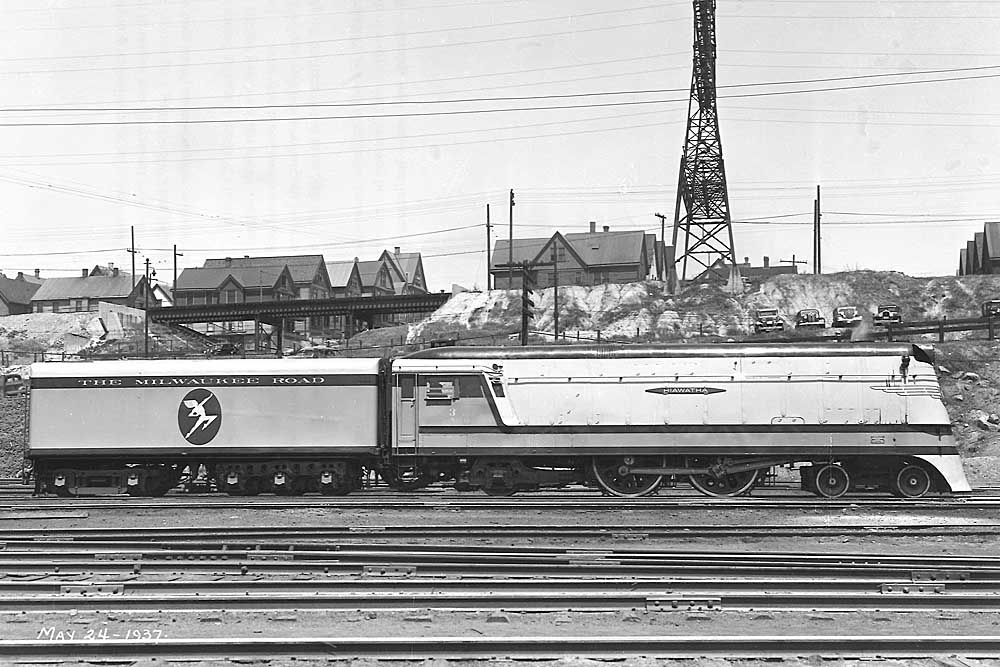
Milwaukee Road locomotives All through November, Classic Trains editors are celebrating the multi-faceted Milwaukee Road. Please enjoy this photo gallery of Milwaukee Road selected from the image archives of Kalmbach Media’s David P. Morgan Library. The Milwaukee Road operated with steam, electric, and diesel motive power in its Midwest-to-Northwest service area. There are examples in […]
Read More…
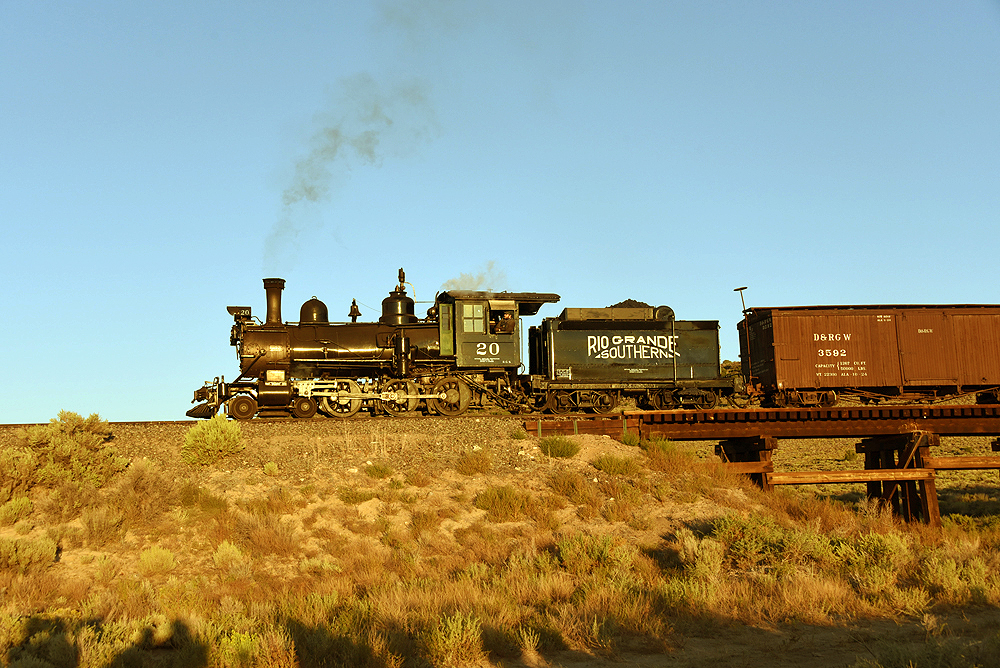
Here’s our 2022 steam locomotive list. As 2021 may be the best so far in the 21st century to be a steam locomotive enthusiast, 2022 is looking good too! A Big Boy is running on Union Pacific’s main lines, the last Baldwin steam locomotive built is flexing its articulated muscles on a mountain railroad, and […]
Read More…
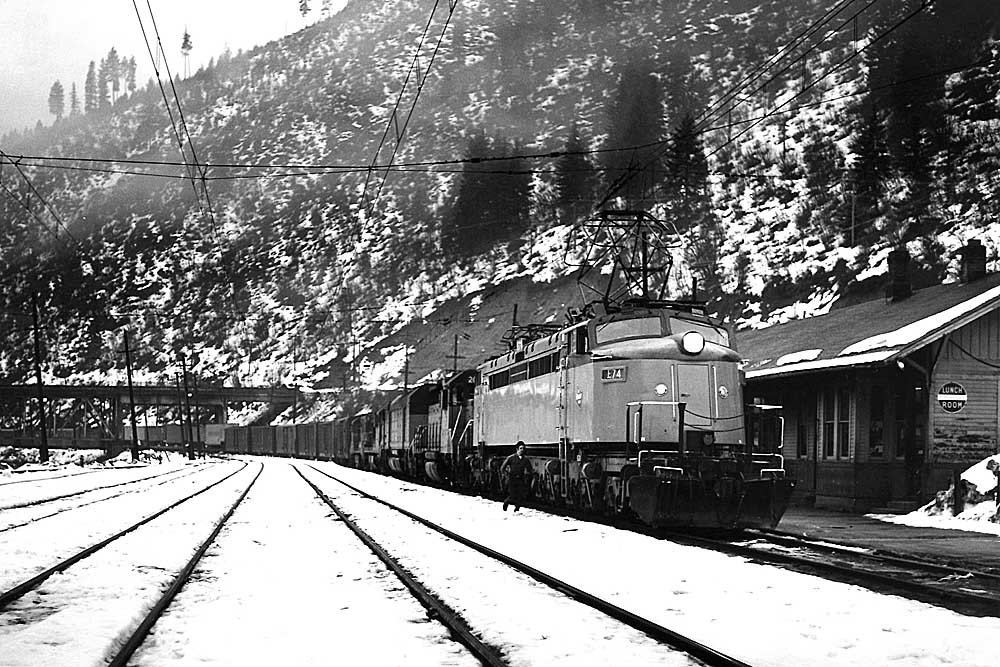
All through November, Classic Trains editors are celebrating the multi-faceted Milwaukee Road. Please enjoy this photo gallery of Milwaukee Road freight trains selected from the image archives of Kalmbach Media’s David P. Morgan Library. In its history, the Milwaukee Road operated freight service from as far as Louisville, Ky., west to Tacoma, Wash., and Portland, […]
Read More…
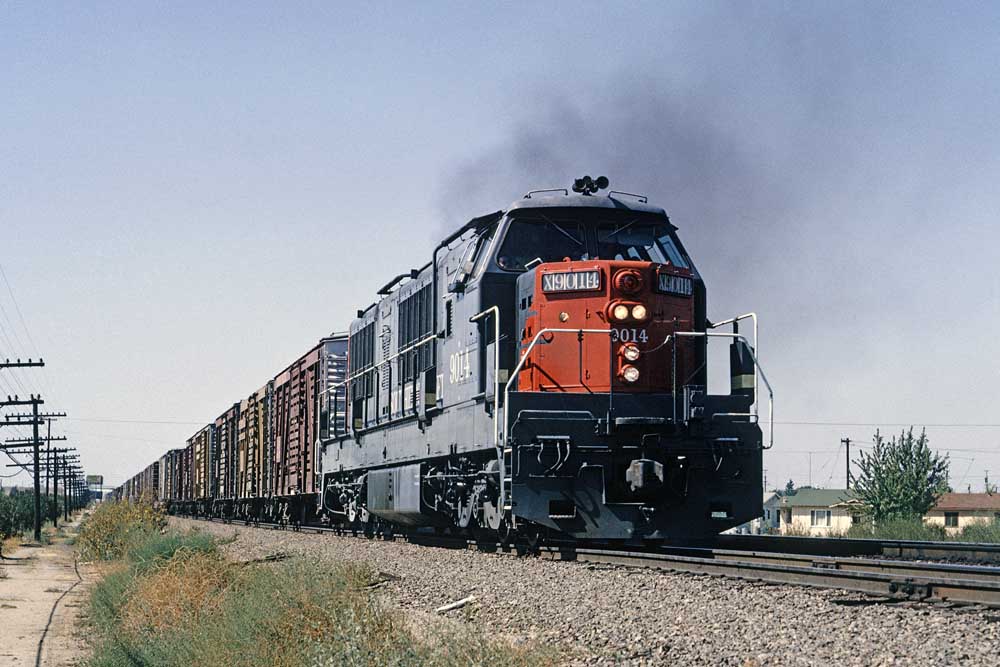
North American railroads never found a broad use for freight service diesel locomotives with a hydraulic drive, making them another case of the “diesels that didn’t.” Germany was the early leader in developing and building diesel locomotives that utilized direct-drive transmissions. Those early models in the 1930s incorporated torque converters and gears in lieu of […]
Read More…
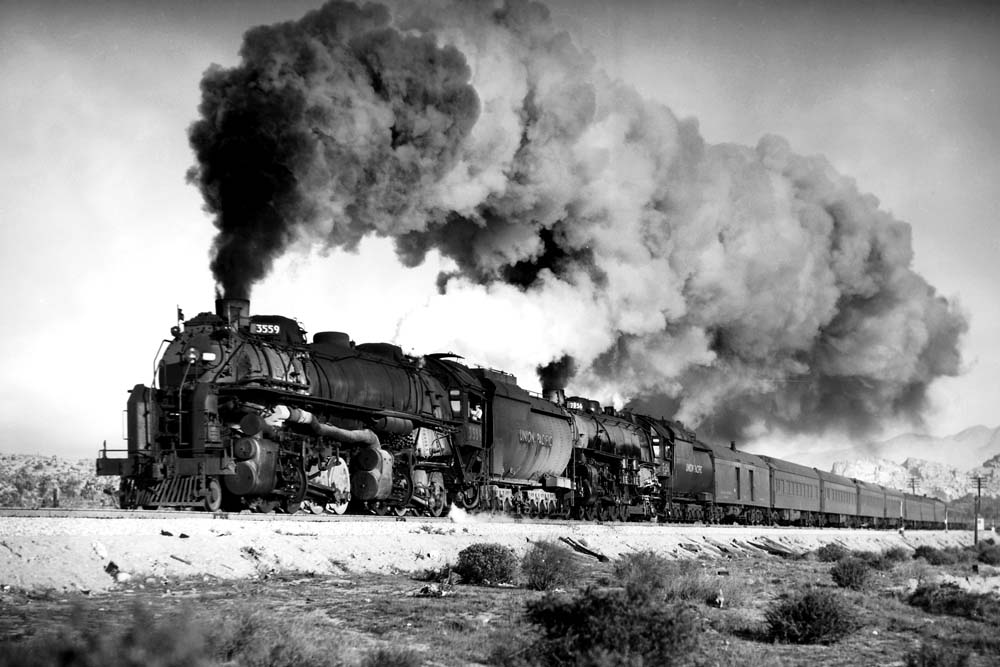
Union Pacific on Cajon Pass in the 1940s: Union Pacific operates on Cajon Pass in Southern California as the Los Angeles & Salt Lake Railroad. It uses Santa Fe trackage on a rental basis from Daggett, 8 miles east of Barstow, to Riverside, 9 miles south of San Bernardino. This arrangement has been in effect […]
Read More…
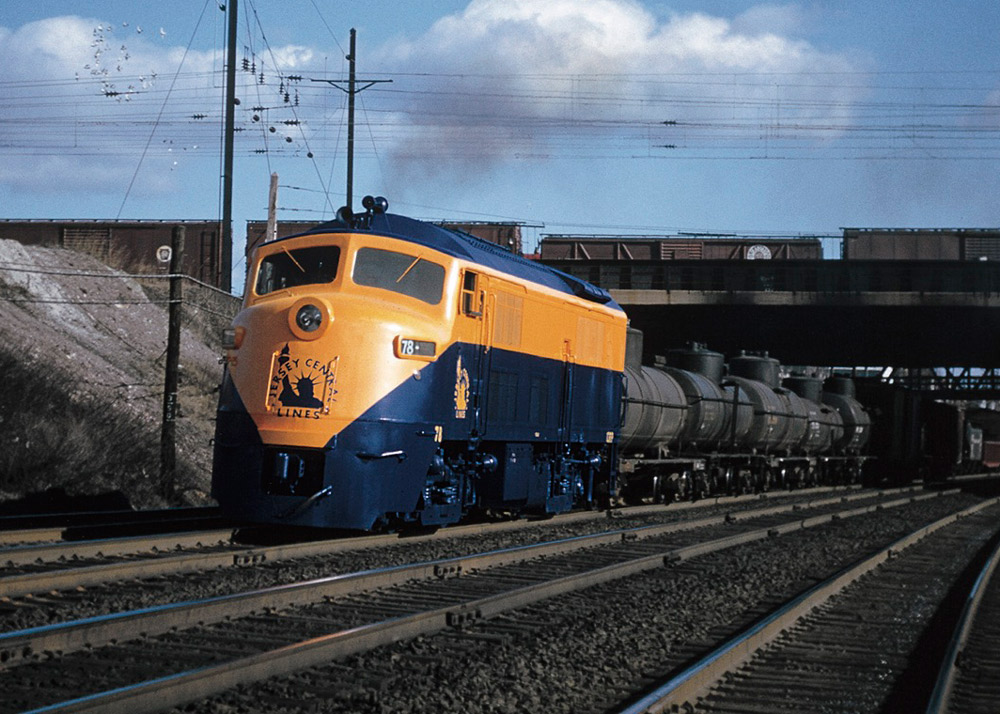
Baldwin diesel locomotives history Established in the 1830s, Philadelphia’s Baldwin Locomotive Works was one of America’s oldest and largest locomotive builders. Baldwin steam engines were known for their high quality and good looks. But many of its internal combustion efforts could be classified as “diesels that didn’t.” Along with fellow steam builders Alco and Lima, […]
Read More…
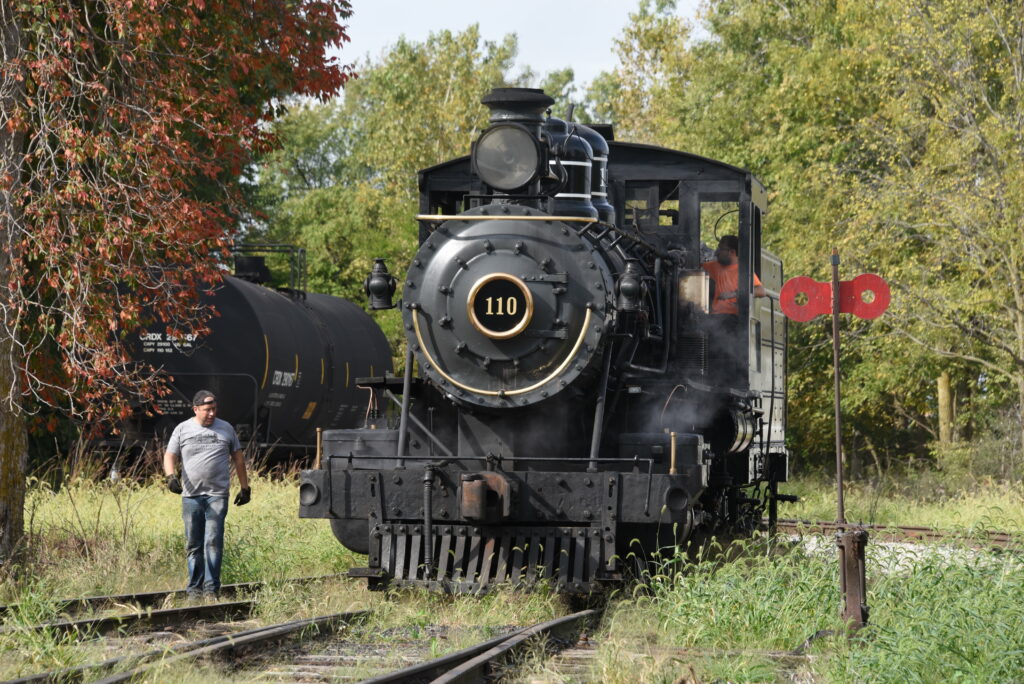
The world’s smallest pacific locomotive — among standard-gauge equipment — is Little River Railroad 4-6-2 No. 110. COLDWATER, Mich. — The world’s smallest standard gauge Pacific, No. 110, is alive and well at age 110. The Little River Railroad 4-6-2 is running in south Michigan, fresh from a 15-year inspection and a rebuild that included […]
Read More…
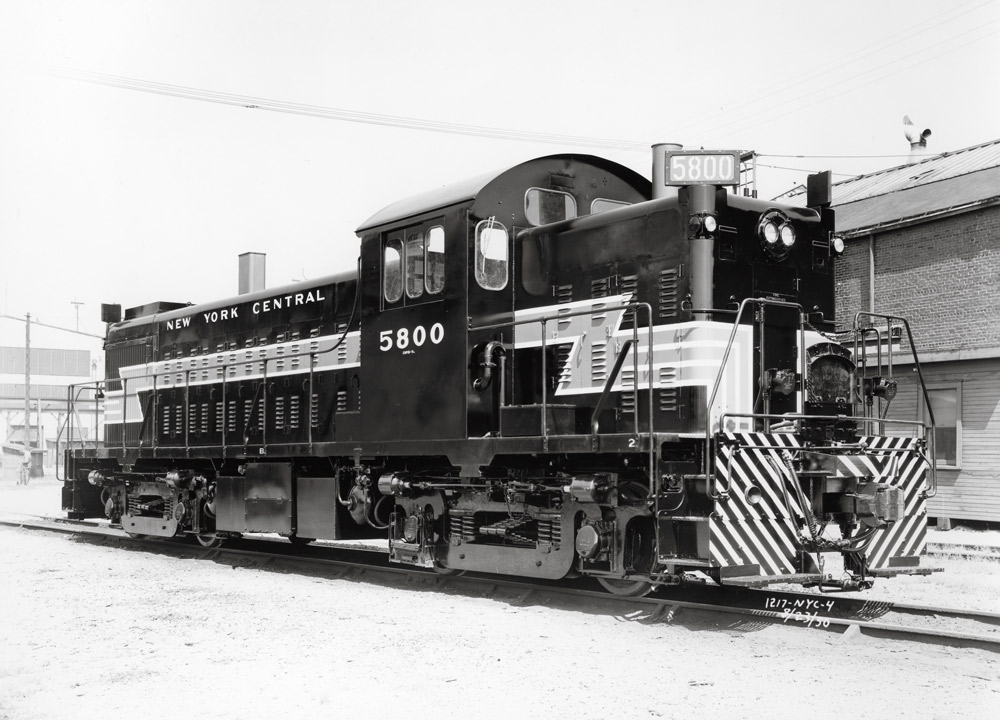
Lima-Hamilton locomotives history Lima-Hamilton locomotives were built out of Lima, the youngest and smallest of the Big Three steam builders. The Ohio manufacturer was synonymous with steam at its best, and it upheld the steam standard to the bitter end. Even as legions of diesels were rolling off the erecting floors of competitors, Lima Locomotive […]
Read More…
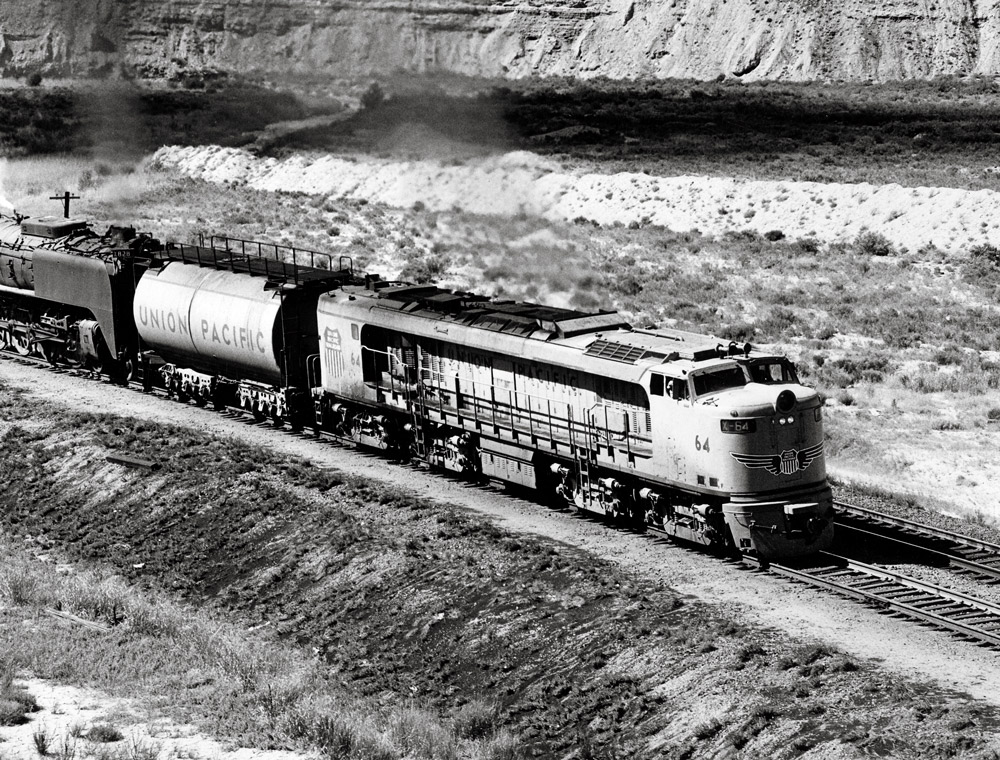
Union Pacific’s fascination with large, single-unit freight locomotives did not end when it received the last of its 25 Big Boys in 1944. The railroad fielded fleets of powerful gas-turbine-electric and double-engined diesel locomotives in the 1950s and 1960s. […]
Read More…
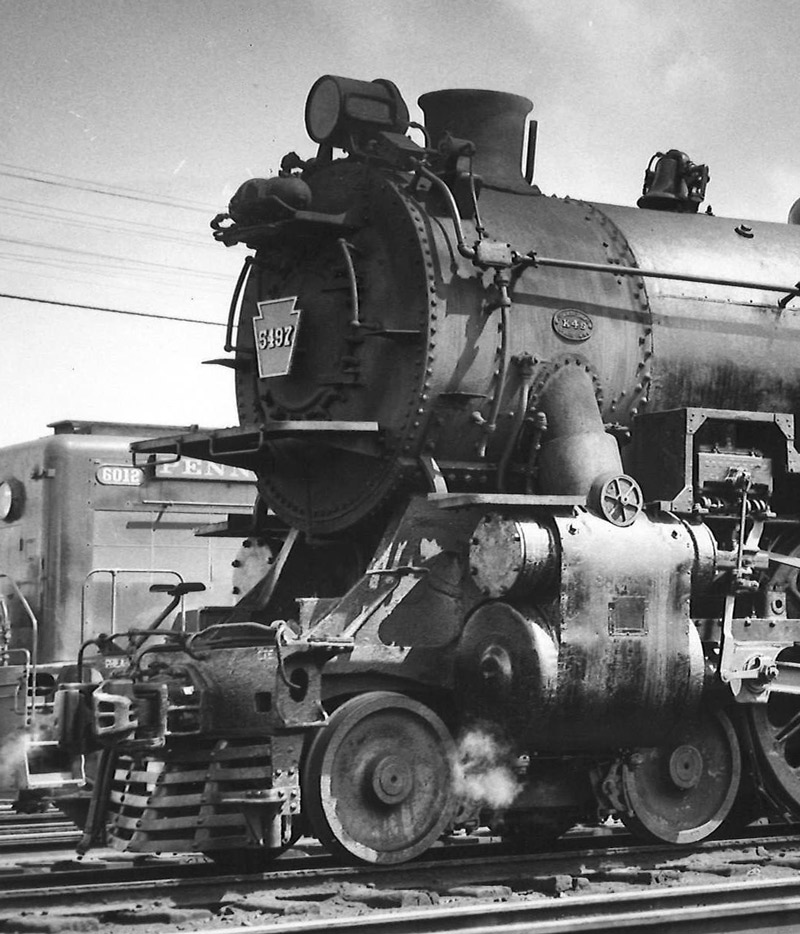
The recent announcement of a fresh start in the long effort to restore the Altoona Railroaders Memorial Museum’s class K4s steam locomotive No. 1361 is great news for Pennsylvania Railroad fans. More than any other locomotive, the K4 was the face of the steam-era PRR. For 40 years, the Pacific types could be found […]
Read More…
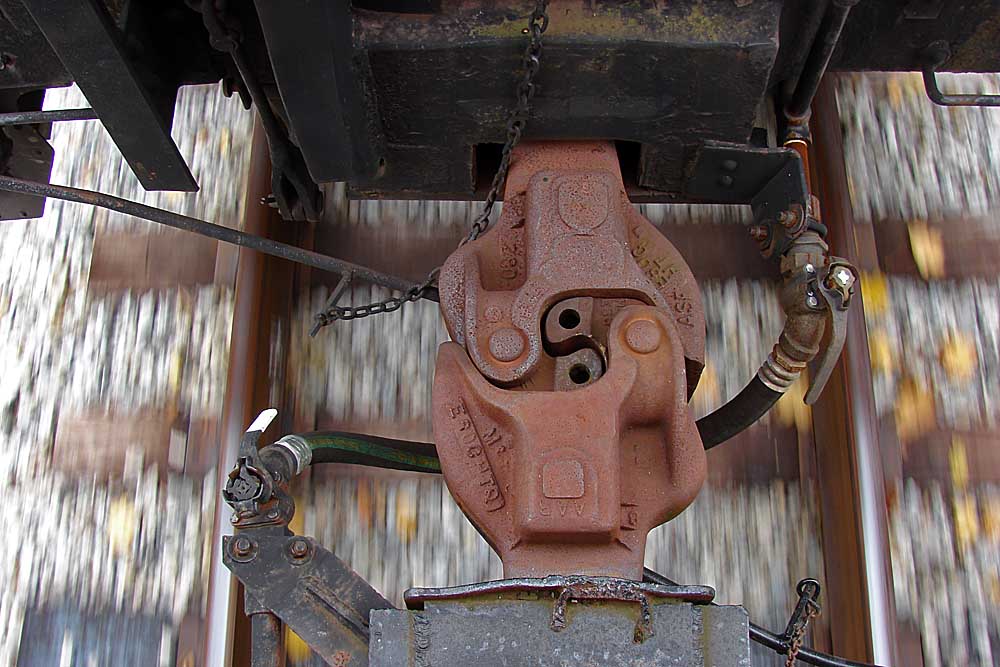
A lot happens between the horsepower output of a diesel engine and the drawbar where freight cars are coupled. A diesel engine’s raw output is known as brake horsepower, which is calculated without any additional equipment connected. After deducting those losses, the rest of the engine’s output is sent to the traction motors to pull […]
Read More…

Oil-fired narrow gauge steam locomotives are relatively rare. But they are making a come-back in the world of preservation. Recently the Durango & Silverton tourist railroad, prompted by a disastrous wildfire allegedly caused by one of its trains, began converting some of its steam locomotives from coal to oil fuel. Like the rest of the […]
Read More…












